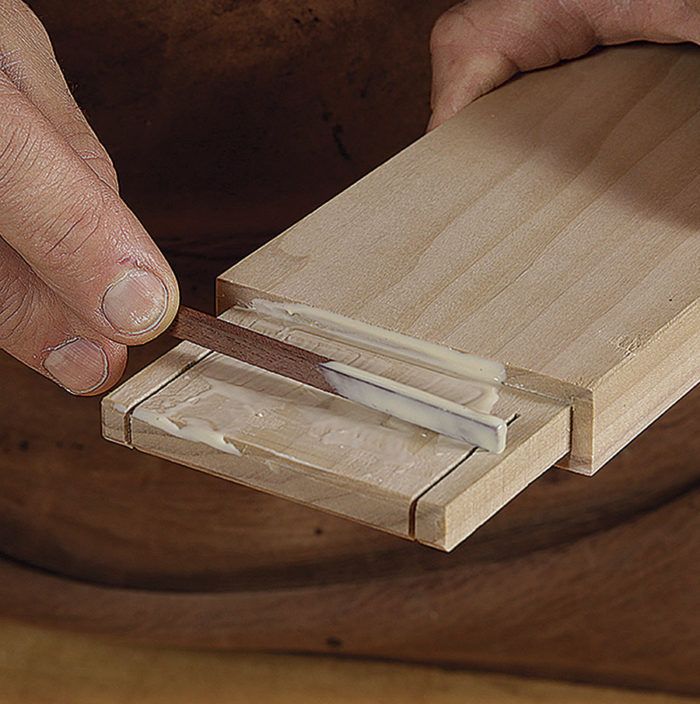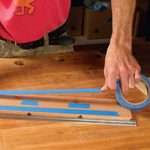Strategies for Squeeze-out
Expert tips and tricks for cleaning up glue
Synopis: Squeeze-out is inevitable. And if your philosophy, like Tim Rousseau’s, is to err on the side of too much glue rather than too little, you’ll need a variety of approaches to deal with it. Here, he offers his tips and tricks for managing squeeze-out, whether it happens on panels, mortise-and-tenon joints, inside the corners of cases, or in and around dovetail joints.
I’ve been teaching furniture making for more than 15 years. I’m a fairly relaxed person, so I rarely get too worked up when my students make mistakes. That being said, when I find hard, dried glue somewhere on a student’s piece, I start to hear the voice of master craftsman and teacher Alan Peters: “we’ve taught them nothing—nothing.” with Alan, it was the random-orbit sander that got him going; for me, it’s the dried glue.
When I learned to make furniture, the emphasis was placed on not using too much glue. As the years passed, I’ve had a few joints come loose and I have come to believe that when in doubt, it is better to err on the side of too much glue than too little. (of course, I’ve also figured out where I should spare the glue.) Along the way, I’ve come up with a ton of tips and tricks for managing the inevitable squeezeout. Here I’ll share my secrets.
Three approaches For panels.
Panel glue-ups offer some latitude because they are accessible on both sides and the flat surfaces are easy to clean up. Rousseau puts a good film of glue on both edges with the goal of getting about a 1⁄8-in. bead of glue squeezed out of the joint.
The best approach? Let it set.
Wait about 30 to 45 minutes for the glue to gel, and then scrape down the glueline with a putty knife. Rousseau sharpens his putty knife much like a chisel, with the back flattened and beveled on one face. Tuned like this, it leaves virtually no glue behind.
Get it while it’s wet.
If you don’t have time to wait, carefully scrape up the excess glue with the sharpened putty knife. Clean the knife frequently and wipe the surface clean with a damp rag. The hard way. You let the glue set all night? The best tool to conquer the rock-hard glue is a carbide-tipped paint scraper.
For the full article, download the PDF below:
Fine Woodworking Recommended Products

Trusty-Cook Dead-Blow Hammers

3M Blue Tape






















Comments
I use epoxy for most of my glue ups. Ok it is messy, you have to wear gloves and it destroys your clothes if you get it on them and you always do. It also takes several hours set. The reason I use it is because there are no issues with finishing. You get a little extra on something just wipe it off with a paper towel. Ok you have a big smear showing on the money side of the piece. Who cares when you add your finish, I mostly use a tung oil, it just disappears.
Log in or create an account to post a comment.
Sign up Log in